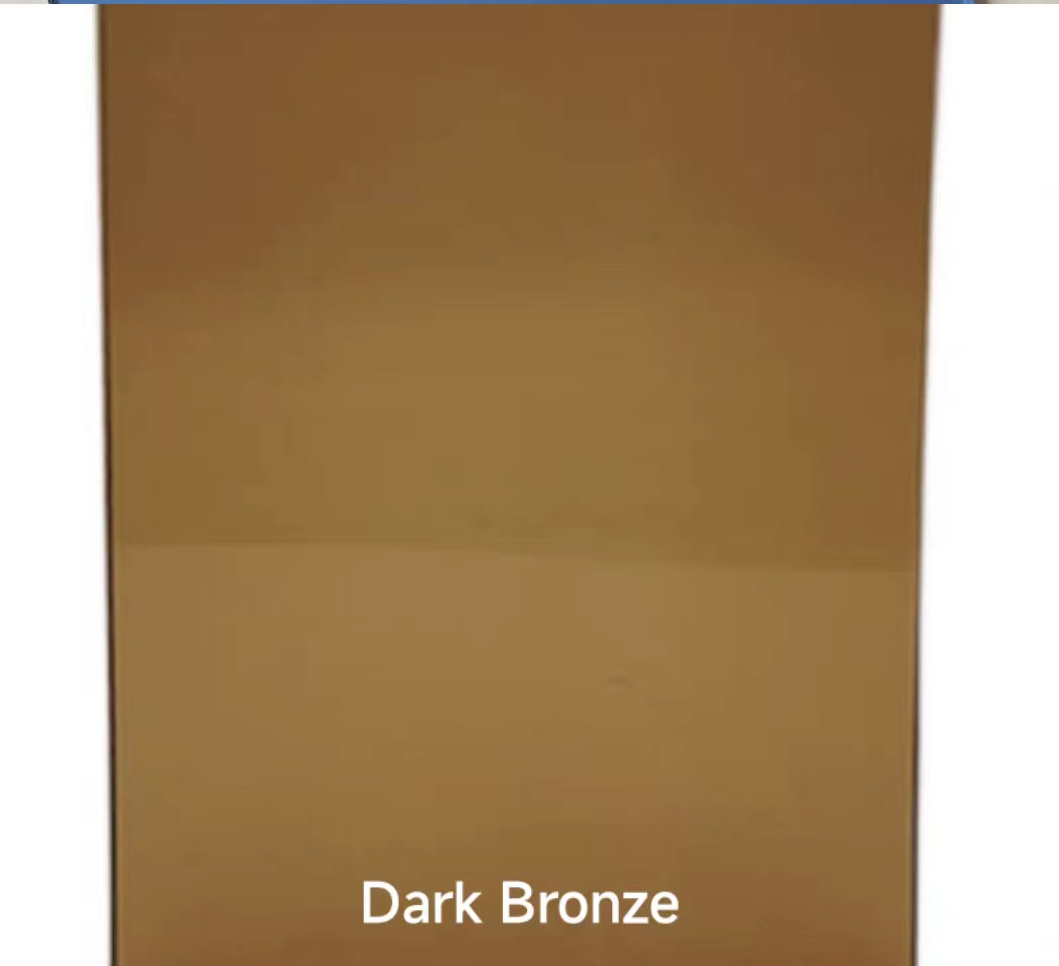

The Importance of Mirror Glass Adhesive A Comprehensive Guide
Mirror glass is a popular choice for both residential and commercial spaces, offering a blend of aesthetics and functionality. Whether used in bathrooms, dressing rooms, or as decorative wall art, mirrors enhance the ambiance and create an illusion of space. However, the effectiveness and durability of mirrors rely significantly on the adhesive used to mount them. In this article, we will explore the importance of mirror glass adhesive, the types available, their properties, and best practices for application.
Understanding Mirror Glass Adhesive
Mirror glass adhesive is a specialized type of adhesive designed specifically for bonding mirrors to various surfaces. Unlike standard adhesives, these products are formulated to accommodate the unique requirements of mirror installations, ensuring a strong, long-lasting bond that is resistant to moisture and temperature fluctuations.
One critical aspect of mirror glass adhesive is that it must be safe for use with the reflective surface of the mirror. Most mirrors are backed with a silver or aluminum coating that can be damaged by harsh chemicals found in regular adhesives. Therefore, using a mirror-safe adhesive is crucial to prevent the mirror from tarnishing, which can lead to unsightly blemishes over time.
Types of Mirror Glass Adhesive
There are several types of adhesives suitable for mirror installation, including
1. Silicone Adhesives These are often favored due to their flexibility and water resistance. Silicone adhesives can accommodate slight movements in the substrate without cracking, making them ideal for environments with temperature changes, such as bathrooms.
2. Epoxy Adhesives Epoxy adhesives provide an extremely strong bond and are generally resistant to moisture. They cure into a hard, rigid structure, making them suitable for high-traffic areas where mirrors might be subject to bumps or knocks.
3. Mounting Tapes Double-sided mounting tapes designed for mirrors are an easy-to-use alternative. These tapes are instant-grab and provide a strong hold without the mess of liquid adhesives. However, their lasting ability can vary based on environmental conditions.

4. Specialty Mirror Adhesives Some manufacturers produce adhesives specifically formulated for mirror bonding. These products typically incorporate the best features of both silicone and epoxy, providing excellent adhesion and resistance to moisture without damaging the mirror's backing.
Best Practices for Application
To ensure the optimal performance of mirror glass adhesive, following best practices during application is essential
1. Surface Preparation Clean the surfaces where the adhesive will be applied to remove dust, grease, or any contaminants. A clean surface ensures maximum bonding strength.
2. Temperature Considerations Apply adhesive at temperatures recommended by the manufacturer. Extreme temperatures can affect the adhesive's performance during curing.
3. Follow Instructions Always adhere to the manufacturer’s guidelines regarding application techniques and curing times. These specifications can vary significantly between different types and brands of adhesive.
4. Use Appropriate Tools Depending on the adhesive type, you may need specific tools for application, such as caulking guns for silicone or applicators for epoxies.
5. Allow for Curing Time After applying the adhesive, allow sufficient time for it to cure fully before adding any stress to the mirror. This step is crucial for ensuring the bond is secure.
Conclusion
Using the right mirror glass adhesive is vital for achieving a successful installation that lasts. By understanding the various types of adhesives available and following best practices, homeowners and contractors can ensure that mirrors remain securely in place, maintaining their beauty and functionality for years to come. Whether you opt for silicone, epoxy, or specialty adhesives, taking the time to choose and apply the right product will pay off in the long run, providing a beautiful finish that enhances any space.